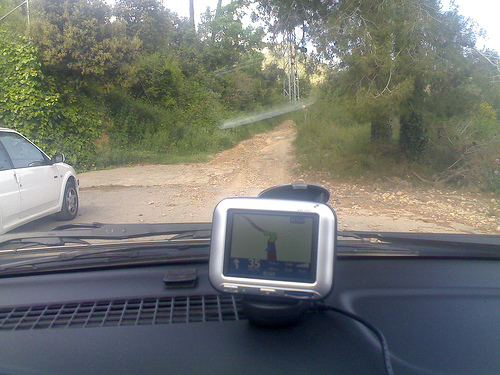Reading an article in The Register by Bill Ray, he thinks the Apple iPhone will fail, actually, fail badly. I somewhat doubt his conclusions.
The main argument to support his analysis is that since network operators have to like the phone, then Apple has to do a good job convincing them. Remember the ROKR? It was rather a failure due to the fact it could only be loaded with iTunes music over cable, and thus mobile operators were left out of attractive data chargers levied when buying music directly from the phone. There was even speculation that Apple allowed it to launch on purpose, to protect their audio player market.
Where Bill goes wrong in my opinion is that the handset market is heavily controlled in the US, but not in Europe – go to any shop in the latter and you will have a very large variety of handsets to buy unsubsidized. Why? Because a lot of people value the ability to switch operators as they see fit, without having to enter into contracts involving their soul. In the US, there isn’t a culture of operator hopping, but rather of staying with one just to get a phone $50 or $100 cheaper.
One thing I have never understood is why people get themselves tied into a two year contract for a $50 saving. If they worked out how much they could save by moving operators taking advantage of special offers, they may think twice.
There is a very large number of paths Apple could follow, first, they have a nice distribution network with excellent shops placed in key areas, second, they have a large and loyal crowd of followers, who would probably not mind paying an unsubsidized device, and third, there are already a number of MVNOs and fixed-line operators that are willing to take a bite from the large networks. As for the subsidy, I wonder…are iPods subsidized by anyone? Apple costumers are used to pay for quality, and in my view, the iPhone will be no different.
 Yes. It wanted us to go up a dirt path that only horses (and fit ones at that) can manage. Take a close look at the full-resolution picture, and judge by yourself.
Yes. It wanted us to go up a dirt path that only horses (and fit ones at that) can manage. Take a close look at the full-resolution picture, and judge by yourself.